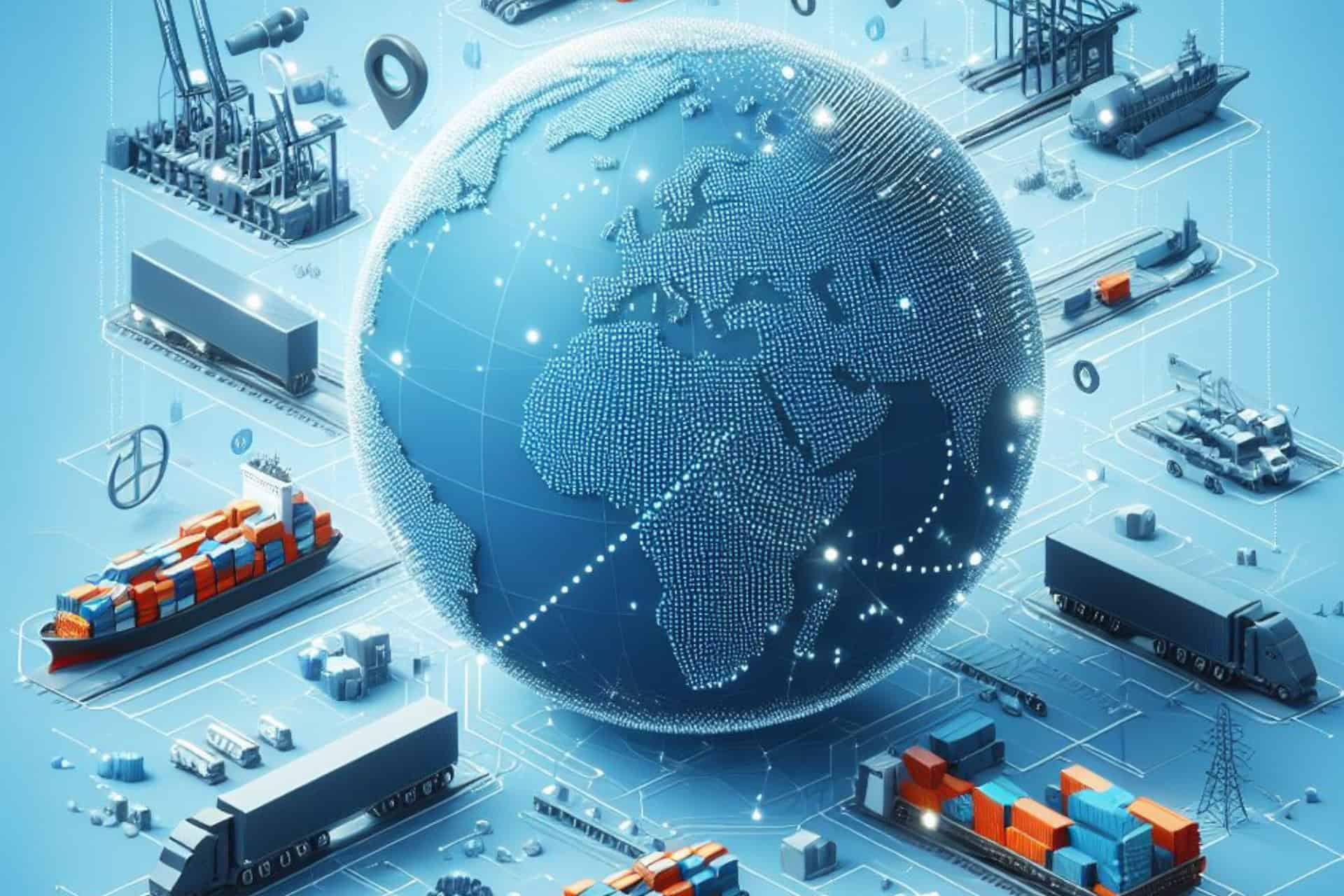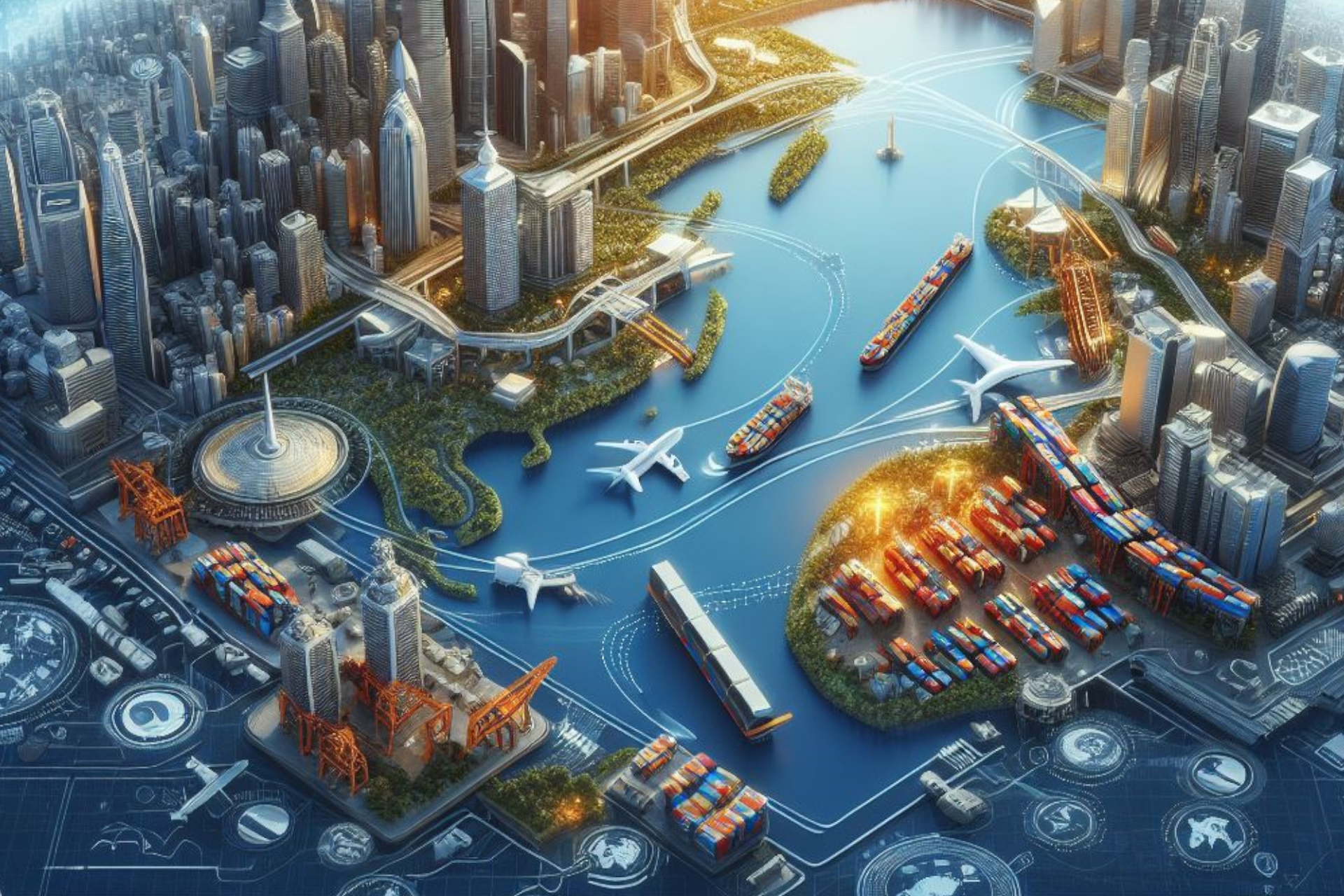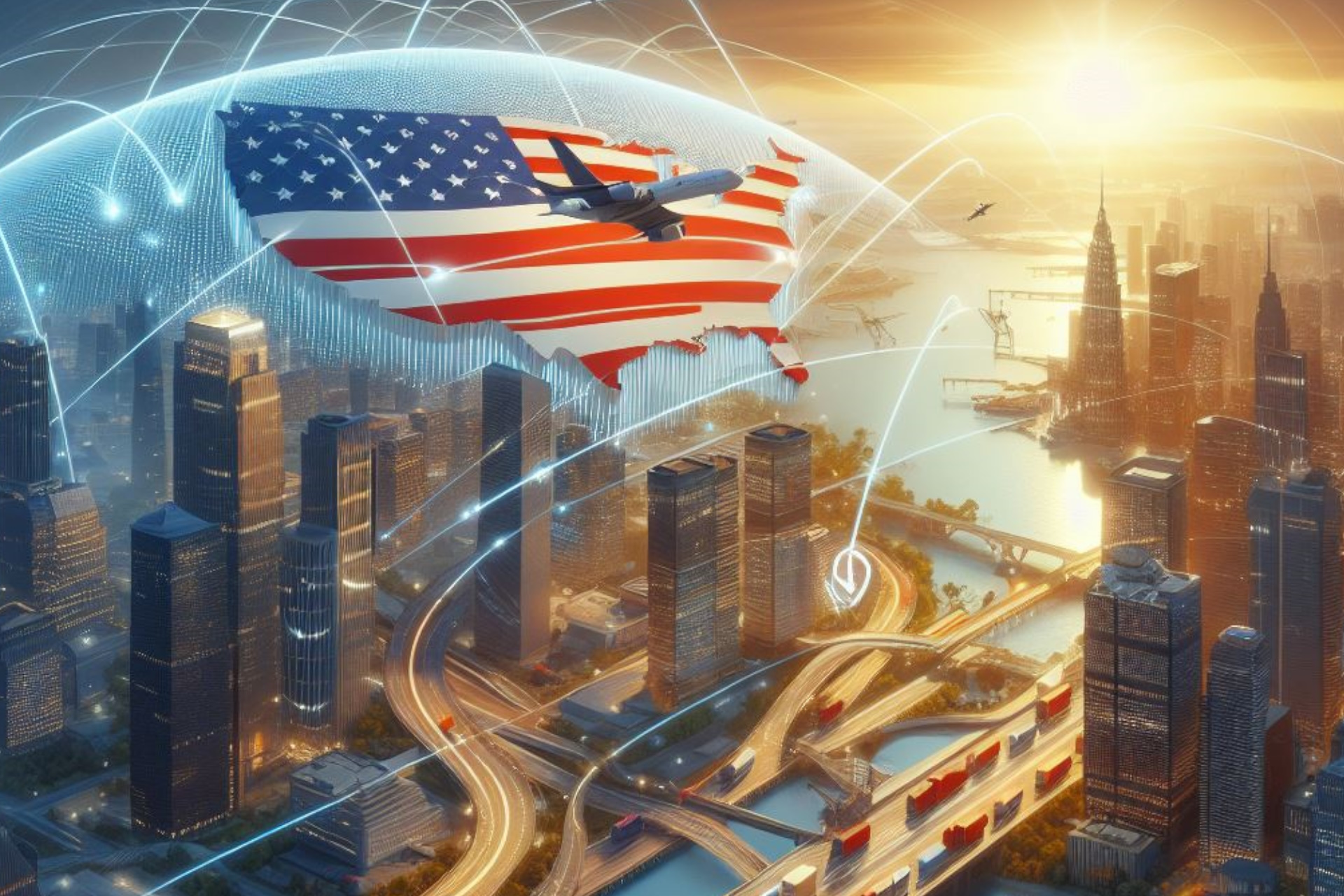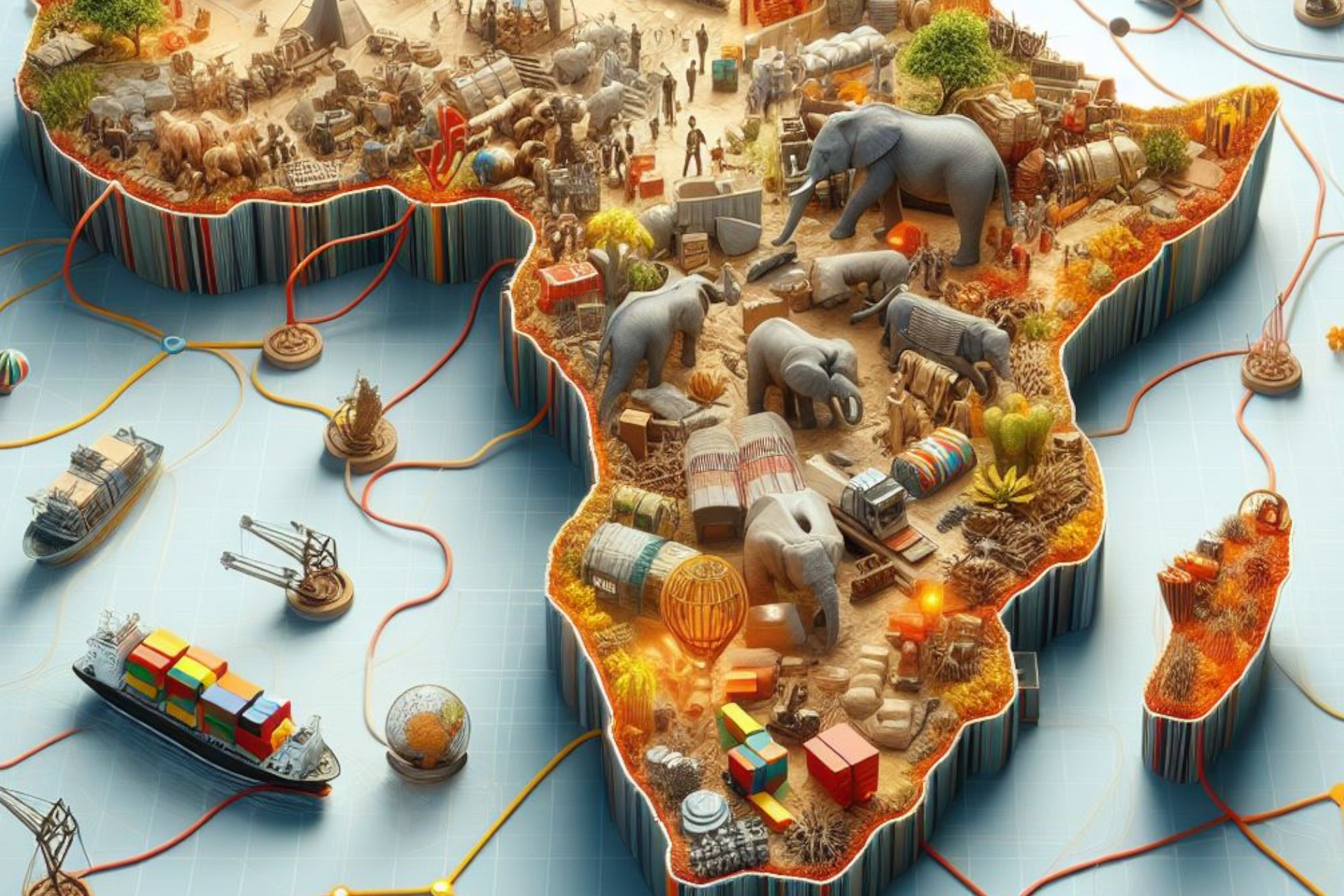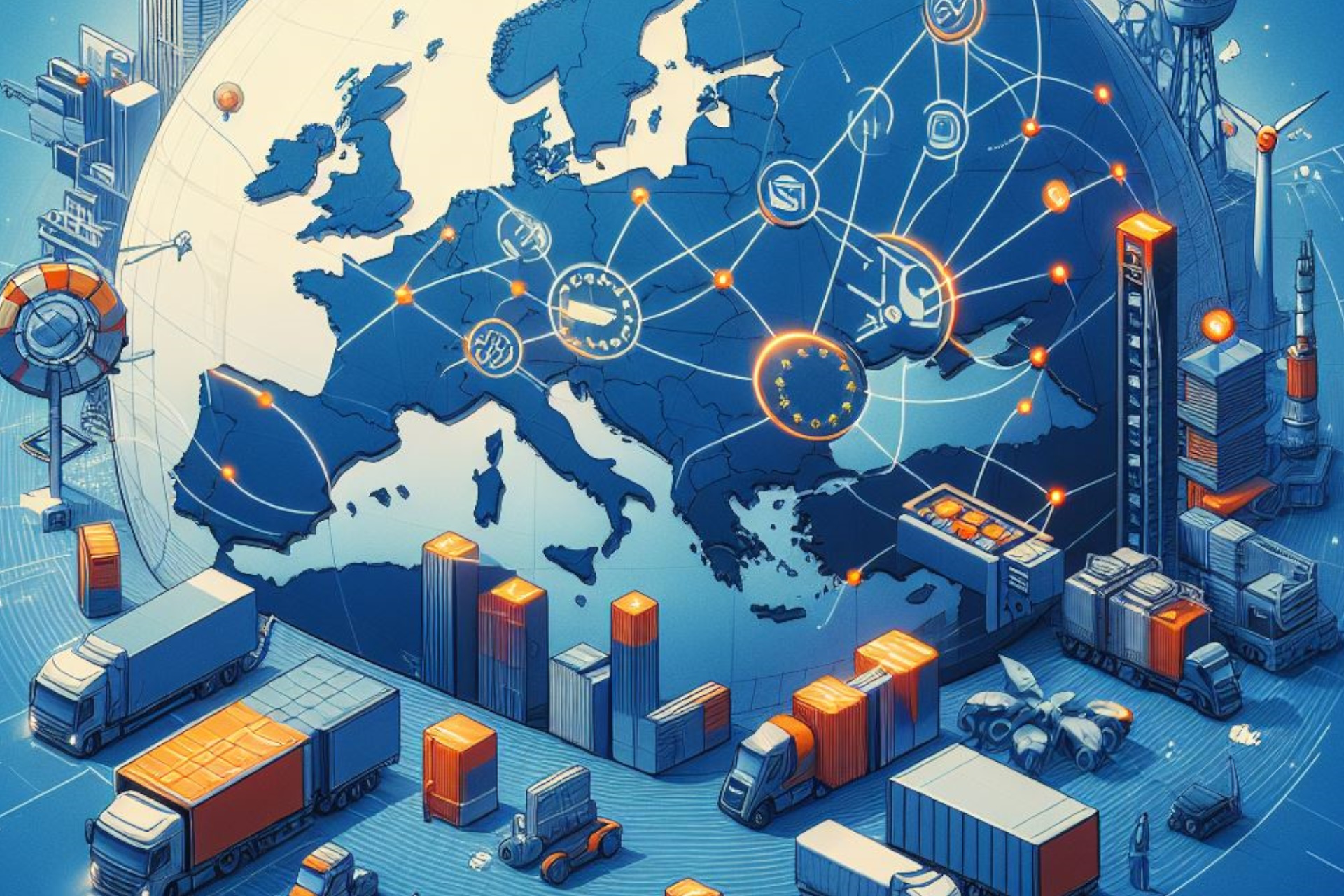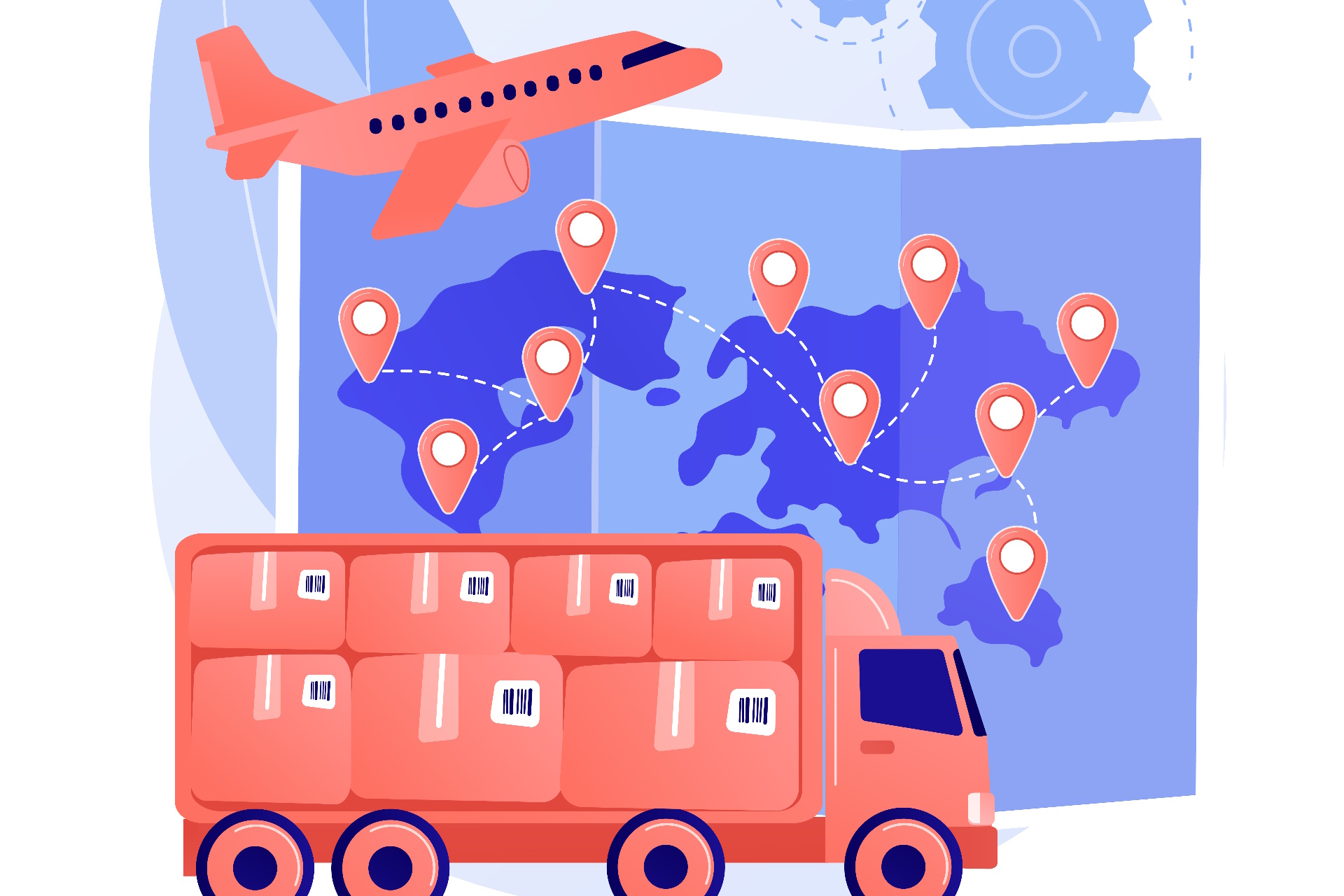Asia's response to cross-border trade policy and regulatory challenges is characterized by a proactive and collaborative approach. Through regional integration, strategic partnerships, and technological innovation, Asia is striving to overcome the hurdles of the global economy and pave the way for a more interconnected and prosperous future. The region's ability to adapt and evolve in response to these challenges will be critical in shaping its trade landscape and economic trajectory in the coming years.
Asia's response to cross-border trade policy and regulatory challenges in the global economy is a multifaceted narrative of adaptation, negotiation, and strategic planning. As the world's most populous and economically dynamic region, Asia plays a pivotal role in the global trade ecosystem. The region's approach to managing cross-border trade policy and regulatory hurdles is crucial for its continued growth and integration into the global economy.
The onset of globalization has necessitated a reconfiguration of Asia's trade strategies. Countries across the region have been working diligently to harmonize regulations, reduce trade barriers, and create more transparent and efficient trading environments. This includes efforts to streamline customs procedures, standardize product regulations, and negotiate free trade agreements (FTAs) both within the region and with global partners.
One of the key strategies in Asia's response has been the pursuit of regional economic integration. Initiatives like the Association of Southeast Asian Nations (ASEAN) Economic Community, the Regional Comprehensive Economic Partnership (RCEP), and the Comprehensive and Progressive Agreement for Trans-Pacific Partnership (CPTPP) are testament to this strategic direction. These agreements aim to create a unified market that facilitates easier movement of goods, services, and investments across borders, thereby reducing the costs and complexities associated with trade.
In addition to regional efforts, individual Asian countries have been proactive in addressing cross-border trade challenges. For instance, China's Belt and Road Initiative (BRI) seeks to enhance trade routes and improve infrastructure connectivity between Asia and the rest of the world. Similarly, India's Act East Policy focuses on strengthening economic and strategic relations in the Asia-Pacific region, aiming to facilitate smoother trade flows and regulatory coherence.
However, Asia's path to streamlined cross-border trade is not without challenges. The region faces issues such as disparate regulatory standards, political uncertainties, and the need for infrastructure development. Moreover, the rise of protectionism and trade tensions, particularly evidenced in the U.S.-China trade war, poses significant risks to the stability and growth of trade in the region.
To navigate these challenges, Asian countries are increasingly adopting digital and technological solutions. Digital trade facilitation measures, such as electronic customs clearance systems, are being implemented to improve efficiency and reduce trade costs. Additionally, there is a growing focus on sustainable and inclusive trade practices, aligning with global trends towards environmental sustainability and social responsibility.
#AsiaTradePolicy #CrossBorderTrade #GlobalEconomy #RegionalIntegration #TradeChallenges #EconomicGrowth #DigitalTradeFacilitation #SustainableTrade
Read more views
